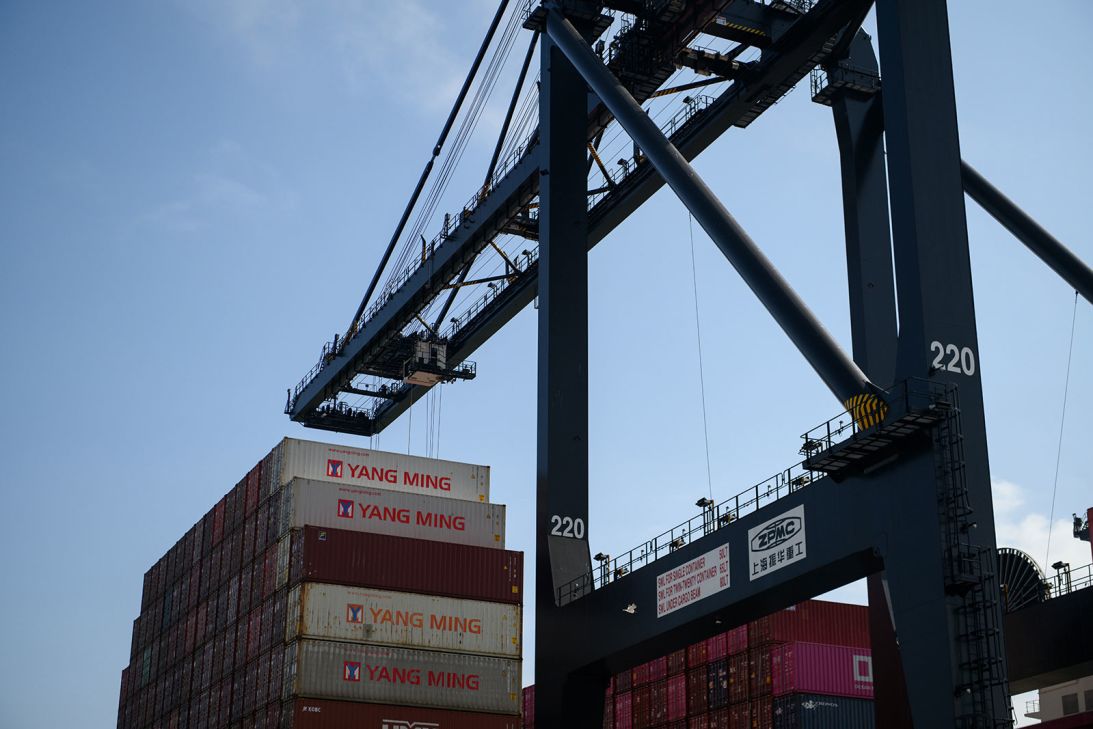Tweet
Email
Link
The past two months’ job reports and a slew of recent employment data have made clear that America’s labor market has substantially weakened. Many of President Donald Trump’s critics have leveraged such data to claim it’s all his fault, by imposing unprecedented tariffs and strict immigration enforcement operations that have slowed down an otherwise healthy economy.
Although Trump’s policies may have contributed to some of the most dismal employment data in years, under his watch, he may not be as blame-deserving as his critics have stated.
As it turns out, the labor market he inherited from former President Joe Biden was not as solid as economists thought of before Tuesday, when the Bureau of Labor Statistics released its preliminary annual benchmark revisions from between April 2024 and March 2025. Over that time frame, the BLS said 911,000 fewer jobs were added compared to prior estimates.
The revisions show “Biden’s economy was a disaster and the BLS is broken,” White House press secretary Karoline Leavitt told CNN in a statement.
At a briefing on Tuesday, Leavitt said that the massive downward revision “makes it very clear that President Trump inherited a much worse economy by the Biden administration than ever reported.”
She’s right – the historic jobs growth of Biden’s first two years certainly slowed in 2023 and petered out in 2024 before rebounding strongly to close his term.
The revisions are essentially “rewriting history,” said Deutsche Bank senior US economist Brett Ryan.
“What it shows is that we’ve been in this low hiring, low firing type labor market for a significant period of time,” he said. “What we’re seeing now is more of the same, rather than a further downshift in the labor market.”
However, the new data doesn’t fully let Trump off the hook for the deteriorating labor market.
Trump was dealt worse cards to begin with than previously known, which means the recently reported decline in hiring – and in some sectors, layoffs – can be viewed in part as a continuation of where things left off when Biden left the White House in January.
For example, the professional and business services sector laid off 17,000 workers last month, among the steepest cuts across all sectors. That sector also saw some of the steepest downward revisions (-158,000) in the revised data released Tuesday.
Similarly, the wholesale trade industry lost nearly 12,000 workers last month and has shed workers in four of Trump’s first six months in office. Biden’s economy was initially believed to have added 41,000 workers in those fields last year – but Tuesday’s revision showed those jobs were overcounted by a staggering 110,000 jobs between April 2024 and March 2025. So Trump’s struggles make a bit more sense in that context.

However, Trump has put in place historic tariffs, which also may have exacerbated struggles in wholesale trade positions as international trade – particularly with China – froze up in the spring.
Trump’s tariffs were also put in place in part to revive America’s moribund manufacturing industry. Although manufacturing jobs sharply rebounded in Biden’s first two years in office, gaining 736,000 jobs in 2021 and 2022, factories shed 129,000 jobs in 2023 and 2024.
If Tuesday’s preliminary revisions hold up, the sector would have lost another 95,000 jobs between April 2024 and March 2025. So factory hiring under Biden was almost twice as bad as initially believed when Trump took office, giving the president an even trickier-than-expected problem to solve.
But Trump’s tariffs so far have failed to ignite job growth in the sector: Manufacturing jobs have fallen in each of the past four months, by a combined 42,000 jobs.
In total, the revisions announced Tuesday mean US employers hired just 146,500 workers per month from April 2024 to March 2025. That’s 76,000 fewer people hired on average compared to prior figures.
But the latest figures are subject to one more final revision set to be released in February. Economists are largely expecting the final revision to show more hiring occured than than the BLS reported Tuesday.
The significantly higher tariffs Trump has imposed have put many employers on edge, making it harder to predict how their businesses will perform in the months and years to come. That kind of uncertainty has forced many to pause hiring more workers and, in some cases, reduce their payrolls, too, recent surveys capturing business sentiment indicate.
Being that the labor market is already on shakier ground than previously thought, Ryan said it should serve as a “cautionary tale” for Trump because the potential economic boosts from his business tax cuts could be eroded by higher import tariffs.
But Leavitt on Tuesday said the president has no plans to comb down tariffs as a result of the new employment figures.
“The president is committed to his policies because his policies are working,” she said.

